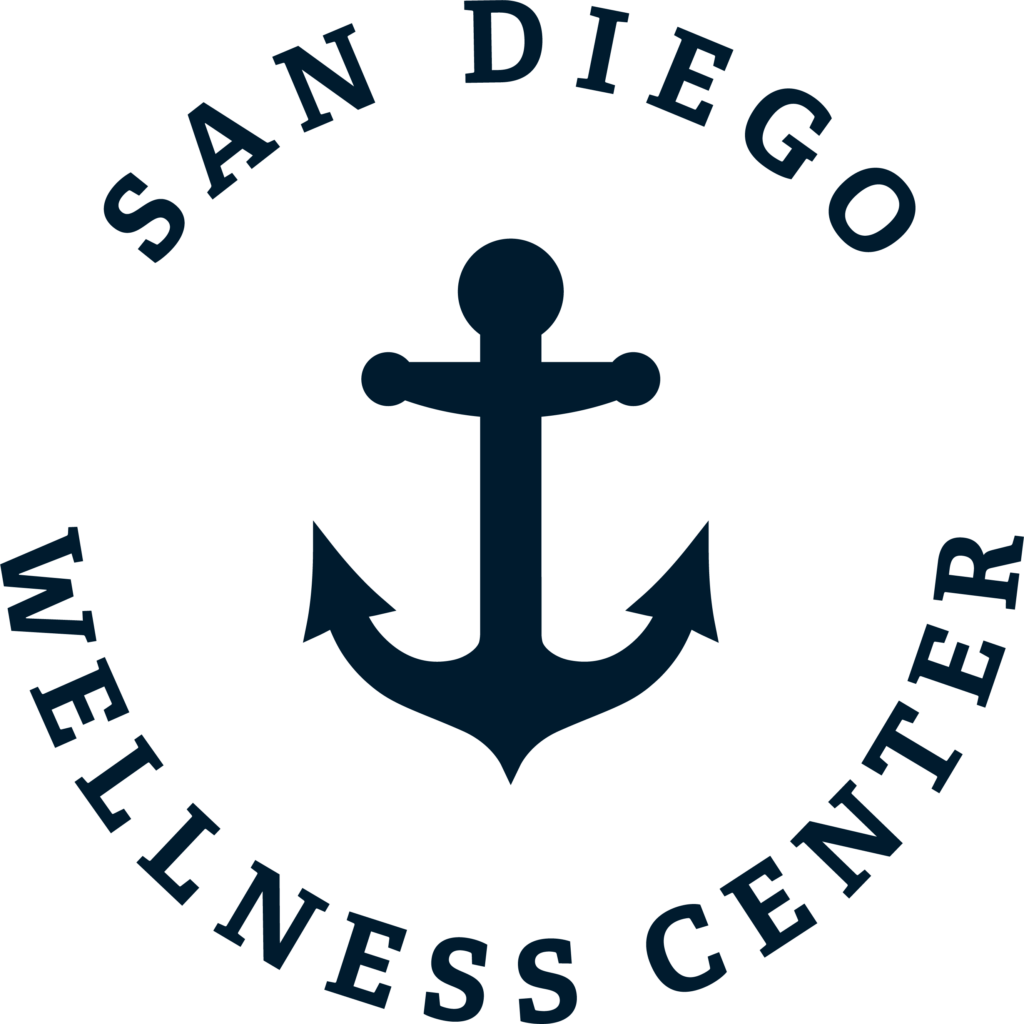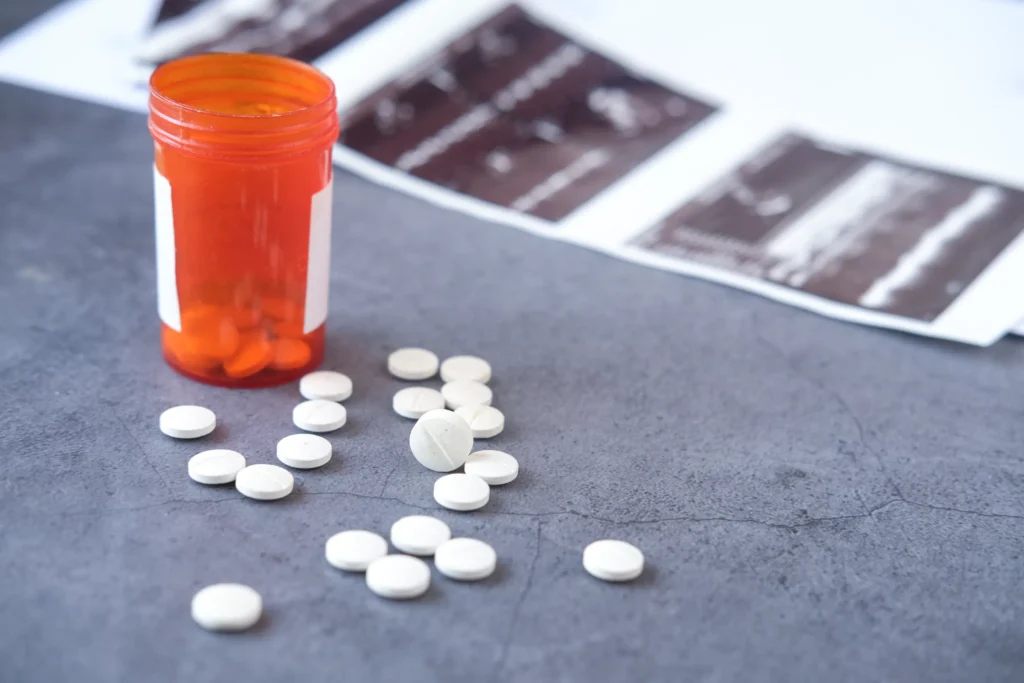Key Takeaways
- Medication-assisted treatment (MAT) innovations such as long-acting injectables and implants help individuals stay consistent with treatment and reduce relapse risk.
- New advances, including digital monitoring, virtual care, and genetic testing, have made MAT more precise, accessible, and patient-centered than ever.
- Combining MAT with therapy and compassionate support significantly increases long-term recovery success and helps restore balance to everyday life.
When someone decides to heal from alcohol or drug dependence, it’s not an easy step. Withdrawal, doubt, and fear of relapse can make recovery feel out of reach. Medication-assisted treatment (MAT) offers real hope through a proven medical approach that combines medication and therapy to ease symptoms, reduce cravings, and support long-term recovery. At San Diego Wellness Center, we’ve seen how MAT helps people regain balance, rebuild confidence, and find lasting stability. In this article, we’ll explain what MAT is, highlight recent advances, show how it helps in addiction treatment, and share what these innovations mean for those ready for a new beginning.
What is Medication-Assisted Treatment (MAT)
Medication-assisted treatment, often called MAT, is a comprehensive approach that combines FDA-approved medications with therapy and counseling to treat substance use disorders. It addresses both the physical cravings and the psychological roots of addiction, making it a cornerstone of modern recovery care.
For those dealing with opioid or alcohol addiction, different medications are used to stabilize brain chemistry, ease withdrawal, and reduce cravings:
| Substance Type | Common Medications | Purpose |
| Opioid Addiction | Methadone, Buprenorphine, Naltrexone | Reduces withdrawal symptoms, stabilizes brain function, and curbs cravings |
| Alcohol Use Disorder | Acamprosate, Disulfiram, Naltrexone | Controls urges, discourages drinking, and lessens the rewarding effects of alcohol |
While medication plays an important role, it’s only one part of recovery. MAT programs always include behavioral therapy, counseling, and peer support, helping people work through the emotional, mental, and social influences behind substance use.
This combined approach allows individuals to find relief from cravings and focus on deeper healing, whether that means rebuilding relationships, managing triggers, or developing coping skills for long-term stability.
In the past decade, MAT has evolved significantly. It’s no longer limited to clinic-based programs. Advances in medication delivery, monitoring, and personalization have made MAT more adaptable and accessible, giving more people the chance to recover on their own terms.
Major Innovations in MAT for Addiction Recovery
Medication-assisted treatment continues to progress rapidly. These are the most important advances of MAT for addiction recovery that are changing the landscape of care.
1. Long-Acting Injectables and Implants
One of the most groundbreaking shifts in MAT is the introduction of long-acting medications. Instead of taking daily doses, patients can now receive monthly injections or even semi-annual implants that slowly release medication over time.
This has several benefits. It reduces the daily burden of remembering pills, minimizes the chance of missed doses, and helps prevent misuse. It also gives patients a greater sense of normalcy — they don’t have to think about medication every day, which can make recovery feel more natural and sustainable.
Long-acting formulations of buprenorphine and naltrexone, for example, have become important tools in maintaining consistent treatment and lowering relapse rates. These versions allow for more stable blood levels of medication, which reduces the rollercoaster of cravings and withdrawal symptoms that can lead to setbacks.
2. Genetic Testing and Personalized Medicine
No two people experience addiction the same way. That’s why personalized medicine is now becoming a key focus in MAT. Through pharmacogenetic testing, clinicians can assess how a person’s genes may influence their response to specific medications.
This helps providers find the best medication and dosage. It reduces trial-and-error and side effects. It also gives patients confidence that their care is individualized and science-driven.
Personalized approaches go beyond genetics, too. Clinicians now consider a person’s history, co-occurring mental health conditions, and even metabolism when creating treatment plans. This marks a major shift toward more precise and compassionate addiction care.
3. Digital Health and Remote Support
The digital revolution has touched every part of healthcare, and MAT is no exception. With the growth of telemedicine, smartphone apps, and digital monitoring tools, providers can now stay connected with patients in ways that weren’t possible before.
These tools can track medication adherence, send reminders, monitor mood changes, and even alert providers when intervention may be needed. This is especially helpful for people in rural areas or those who find it difficult to attend regular clinic visits.
Many modern MAT programs also include virtual therapy sessions and online support groups, allowing individuals to access care from home. This flexibility helps remove barriers like transportation, scheduling, or stigma, which often keep people from seeking help.
4. Combination Therapies and New Medications
While methadone and buprenorphine remain the mainstays of MAT, research continues to uncover new ways to enhance treatment outcomes. Scientists are developing combination therapies that pair existing medications with agents that address mood, anxiety, or cravings through different brain pathways.
Some new compounds are being studied to reduce the rewarding sensations that come from drug use without causing sedation or dependence. Others are designed to target stimulant addiction, such as cocaine or methamphetamine use disorder, where current MAT options are limited.
Although some of these therapies are still in early testing, the potential impact is enormous. Expanding the medication toolbox means more people can find an option that fits their specific needs.
5. Enhanced Safety and Monitoring
Safety is another area where innovation has made a big difference. New digital monitoring systems and clinical protocols allow providers to detect problems like overmedication or missed doses earlier. Algorithms now help predict when a patient may be at higher risk for relapse or overdose, allowing for proactive adjustments to their plan.
These improvements not only increase safety but also build trust between patients and providers. Knowing that their progress is being monitored responsibly helps patients feel supported rather than judged.
Comparing Traditional MAT and Modern MAT
| Feature | Traditional MAT | Modern Advances |
| Dosing | Daily oral doses | Monthly injectables or long-term implants |
| Access | In-person clinic visits | Telehealth and virtual therapy available |
| Personalization | Standard medication plans | Genetic testing and individualized dosing |
| Monitoring | Periodic check-ins | Continuous digital adherence tracking |
| Support | Local therapy groups | 24/7 remote counseling and app-based tools |
These improvements make MAT more flexible and effective, meeting people where they are in their recovery process.
How Medication-Assisted Treatment Helps in Addiction Treatment
MAT has always been about more than medication. It’s about providing stability so people can focus on rebuilding their lives. The results speak for themselves.
Reduced Cravings and Withdrawal Symptoms
Medications used in MAT work by interacting with the same brain receptors that addictive substances target. The key difference is that they do so safely and under medical supervision.
By reducing the intensity of cravings and minimizing withdrawal symptoms, MAT helps individuals stay focused on healing instead of just surviving each day.
Lower Risk of Overdose and Relapse
One of the greatest benefits of MAT is its ability to reduce overdose deaths. When the body is stabilized with medication, the brain’s reward system begins to reset, lowering the risk of dangerous relapse episodes.
People who remain in MAT programs are also less likely to use illicit substances or experience relapse compared to those in abstinence-only programs.
Improved Retention and Long-Term Stability
Staying engaged in treatment is critical. MAT helps make that possible by providing immediate relief from physical withdrawal while therapy focuses on emotional healing.
Individuals who participate in MAT are more likely to complete treatment programs, maintain employment, and rebuild relationships. That long-term stability is the foundation for lasting recovery.
Better Mental Health and Quality of Life
Many people in recovery also experience anxiety, depression, or trauma. When the body is stabilized through MAT, emotional health often improves as well.
By reducing chaos and stress, MAT helps people find clarity and motivation. This allows therapy to be more effective, and it becomes easier to build routines and pursue goals again.
Addressing Misconceptions and Challenges in MAT
Even though MAT has been proven effective, there are still common misconceptions that prevent people from trying it.
1. “MAT Just Replaces One Drug With Another.”
This is one of the biggest myths about medication-assisted treatment. The truth is that MAT medications are prescribed and monitored by medical professionals. They don’t create the same euphoric effects as abused substances and are used specifically to stabilize the body’s response.
In many cases, MAT allows people to regain control of their lives and transition to full independence over time.
2. Accessibility and Cost Barriers
While new technologies and telehealth have improved access, some people still face challenges with cost or insurance coverage. Fortunately, many treatment centers, including San Diego Wellness Center, offer financial guidance and flexible options to help patients start care.
Efforts at the state and national level are also expanding coverage for MAT and reducing restrictions that once limited who could prescribe these medications.
3. Importance of Behavioral Support
Medication is a vital tool, but it’s most effective when paired with therapy and community support. Counseling helps individuals recognize triggers, manage stress, and rebuild healthy thought patterns.
How San Diego Wellness Center Uses MAT for Lasting Change
At San Diego Wellness Center, we use medication-assisted treatment as part of a complete recovery plan that includes medical detox, residential care, and psychological support.
When someone arrives at our center, they receive a full medical evaluation to determine whether MAT is appropriate for their needs. If so, we design a plan that aligns with their health, goals, and comfort level.
During detox, medications may be introduced to relieve withdrawal safely. Afterward, patients continue to receive ongoing medical and emotional support. Our goal is to make the process as comfortable, safe, and empowering as possible.
Every person’s experience is unique. Some remain on MAT for months, others for years. What matters most is consistency, care, and progress.
Real-Life Impact of MAT: What It Means for Recovery
The power of MAT shows in real-world outcomes. People who receive medication-assisted treatment report fewer relapses, greater confidence in maintaining sobriety, and improved overall well-being.
Beyond numbers, the change is often deeply personal. When cravings fade and the body stabilizes, life begins to feel manageable again. People reconnect with loved ones, rebuild careers, and regain a sense of peace that once felt impossible.
This is what makes MAT such a vital part of modern addiction care. It turns hope into measurable progress and allows healing to unfold at a pace that feels real and sustainable.
Contact San Diego Wellness Center Today
At San Diego Wellness Center, our team understands how difficult it can be to ask for help. Whether you’re just beginning to think about recovery or have tried treatment before, there’s a place here for you.
Medication-assisted treatment can help you take back control and build a life that feels steady again. Reach out to San Diego Wellness Center today and take the first step toward lasting recovery.
Frequently Asked Questions
1. What is medication-assisted treatment (MAT)?
MAT combines medications and therapy to treat substance use disorders by reducing cravings, managing withdrawal, and supporting emotional healing.
2. How is MAT different today compared to older methods?
Modern MAT uses long-acting injections, digital monitoring, and personalized medicine to make treatment more accessible, effective, and sustainable.
3. Does MAT mean I’ll be on medication forever?
Not necessarily. Some people use MAT short-term, others long-term. Your medical provider will help decide what’s best for your situation.
4. Is MAT only for opioid addiction?
No. MAT is also used for alcohol dependence, and new medications are being tested for other substances such as stimulants.
5. How can I get started with MAT at San Diego Wellness Center?
Contact our admissions team to schedule an assessment. We’ll discuss your options, answer your questions, and create a treatment plan that supports your goals.


